In the late 1800s, prominent Italian painter Giovanni Boldini was commissioned to paint his now-famous portrait of iconic Sicilian Belle Époque socialite Donna Franca Florio. As the story goes, Boldini’s first version, which showed Donna Franca in a black, short-sleeved, low-necked evening gown, was not approved by Donna Franca’s husband, who reportedly found it too risqué. He demanded that Boldini lengthen Franca’s dress and add a full, wide black lace border. Boldini obliged, and Franca remained covered up in her portrait until 1924, when, with the Florio family’s fortunes collapsing, the painting was acquired by French art collector Maurice de Rothschild, who commissioned Boldini to restore Franca to her original, provocative self.
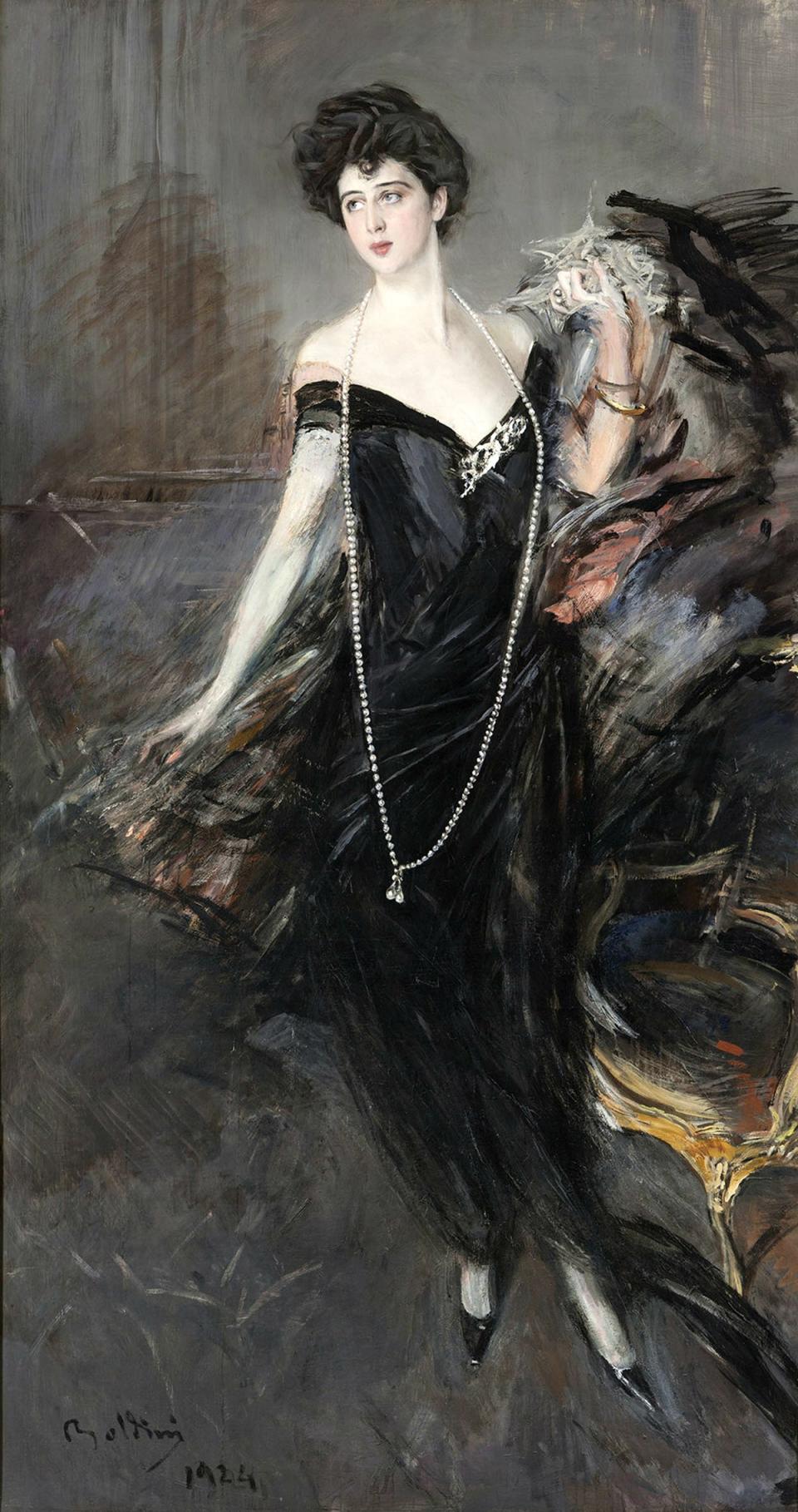
It is perhaps the perfect metaphor for the recent revival of a long-hidden tradition of Sicilian matriarchy. Often referred to as the crossroads of the Western world, Sicily has seen the culture of its prime location at the centre of the Mediterranean shaped by the wandering civilisations that have passed through it over the millennia – Phoenicians, Greeks, Romans, Arabs, Normans and Spanish all leaving their mark on cathedrals, temples and art. But so too have the island’s women, whose entrepreneurialism and innovation have left an indelible mark on Sicilian civilisation.
It is this hidden heritage that a new Sicilian matriarchy experience at Villa Igiea and Verdura Resort, Rocco Forte’s luxury Sicilian properties, aims to explore. Inspired by the glamorous Donna Franca Florio herself, part of Italy’s great Florio dynasty and a woman as famous in her day as Princess Diana, it explores the powerful women who brought creativity to the island in the twentieth century.
Like the Princess of Wales, Franca brought a youthful charm to aristocratic Palermo at the turn of the century. As an arts patron, Franca’s cultural and social influence brought prestige to the Florios’ vast business empire, making it a hub for European elites. With Franca in mind, Rocco Forte’s Matriarchy experience offers a new way to discover Sicily, with all-female-led experiences curated into itineraries for the two respective properties.
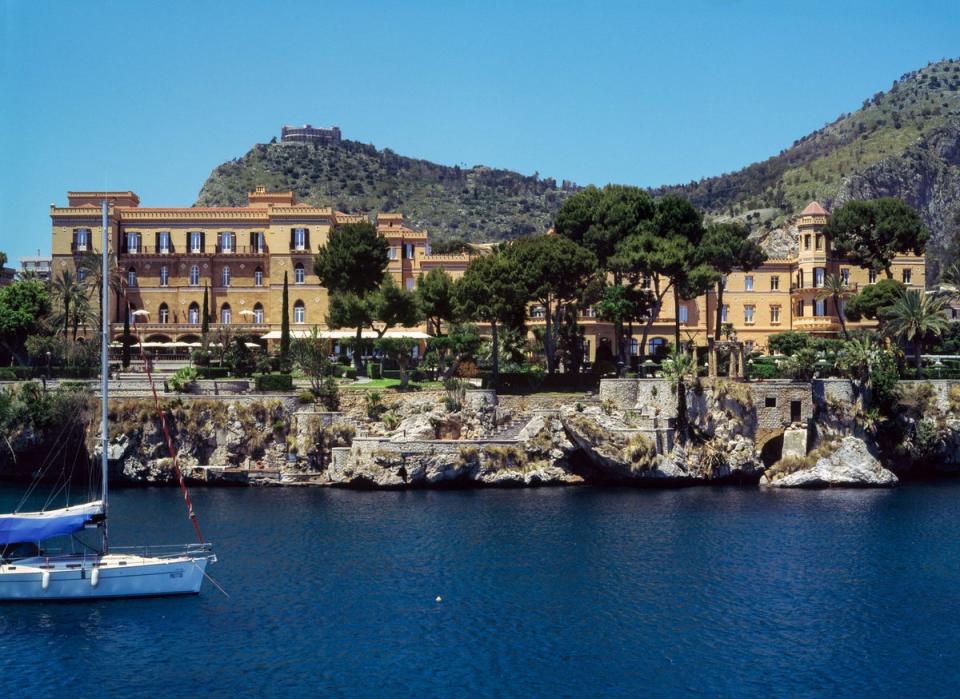

Even with Florios’s vast wealth, Franca’s power as a woman was not a total anomaly in the early 20th century, according to Stefania Auci, bestselling author of Fall of the Florios. “The hidden matriarchy in southern Italy has [long been] a form of power that women have seized throughout the centuries,” says Auci. “There were many powerful women in Sicily, not only among the princes and women of the high aristocracy, but also in the lower strata of society.
“They were strong and charismatic,” she continues. “Think of the experiences of the workers’ uprisings at the end of the 19th century to understand how Sicilian women, while not exactly silent and submissive, actually had willpower and perseverance. Men had the illusion that they could command, but in fact women also had a lot of power through their influence over their sons.”
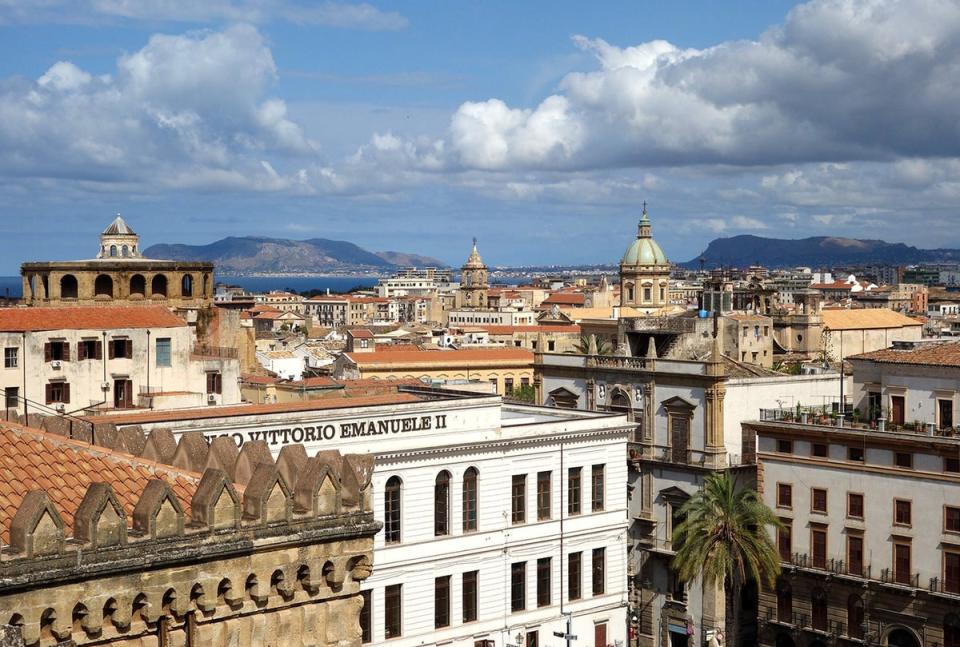

Upon arrival in the island’s addictively energetic capital of Palermo, it’s clear why Villa Igiea is the perfect base for a matriarchal retreat. The 178-room neo-Gothic villa is a treasured landmark, built and lived in by the Florio family themselves, who were dubbed the “uncrowned kings of Sicily” during the Belle Epoque. Purchased by Ignazio and Franca Florio, it was initially used as a health retreat for their ailing daughter, before being transformed into a hotel that would soon become known for its glittering guest list, with kings, emperors and entertainment royalty such as Roberto Rossellini and Sophia Loren gracing its grand suites and salons. Now, in a fortuitous twist of events, it’s Rocco Forte’s daughter Irene who has taken up the mantle of health and wellness at the property, with a spa featuring her own skincare line as one of the hotel’s star attractions.
Outside, the tiered gardens are a lush display of palms, jacarandas and pines. Designed by fin-de-siècle architect Ernesto Basile, the estate is the epitome of Art Nouveau, with a castle of battlements, towers and turrets. Inside, there are all the decorative flourishes you would expect of the Belle Époque era and a palette of blues, greens, yellows and browns, echoed in the revitalized rooms and suites.
Just a ten-minute drive from Villa Igiea, in the theatrical buzz of Palermo’s city center, lies one of the main attractions of the matriarchal route. Tucked away on a side street, just off one of the city’s main thoroughfares, Palazzo Alliata di Pietratagliata is completely inconspicuous from the outside. Now inhabited by Princess Signoretta Alliata di Pietratagliata, whose family has lived in the palace’s four floors since the mid-18th century.
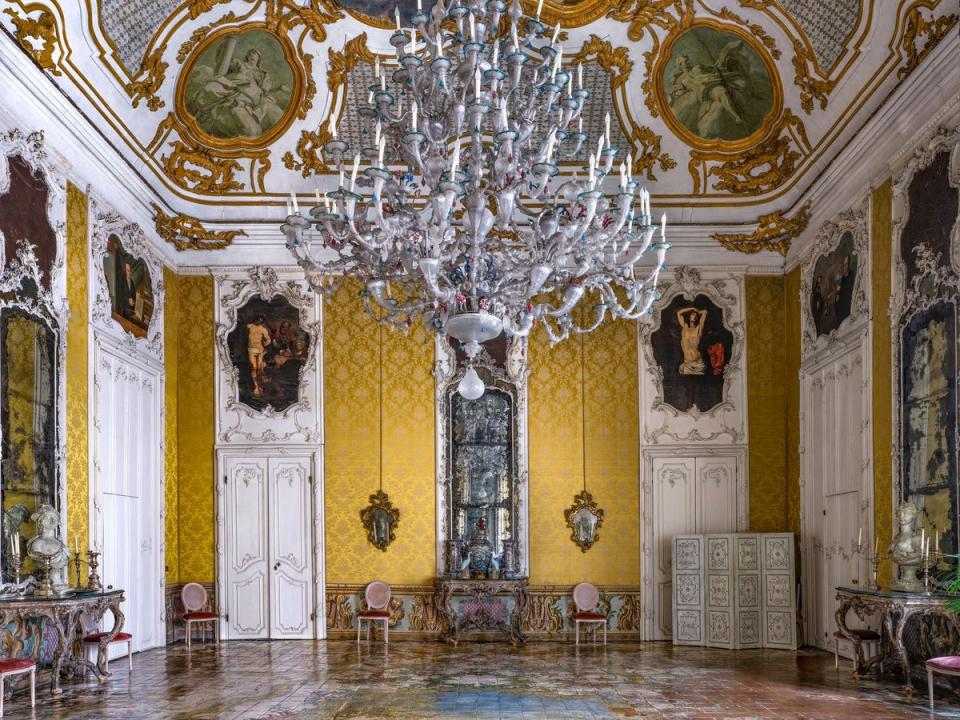

As you walk with the princess and her daughter through the 6,500-square-foot apartment, there’s a distinctly homely feel to the property, despite its stunning opulence. The living room is adorned with centuries-old family portraits, a French grand piano, an elaborately painted family tree, and ancestral armor. But it’s also where the princess likes to hunt for Easter eggs for her grandchildren, and where the family tick can often be found. “Every generation has made their own contribution,” the princess tells us.
Sicilians are fiercely proud of the way their island has allowed different cultures to coexist over the centuries, and the palazzo is no exception. The family’s balcony, which overlooks Palermo’s characteristic narrow streets, is almost within striking distance of their neighbours’ – the princess tells me they chat every morning. “It’s a very beautiful and remote version of Sicily,” she adds. Her daughter is similarly immersed in the community, having set up and run a restaurant in the town.
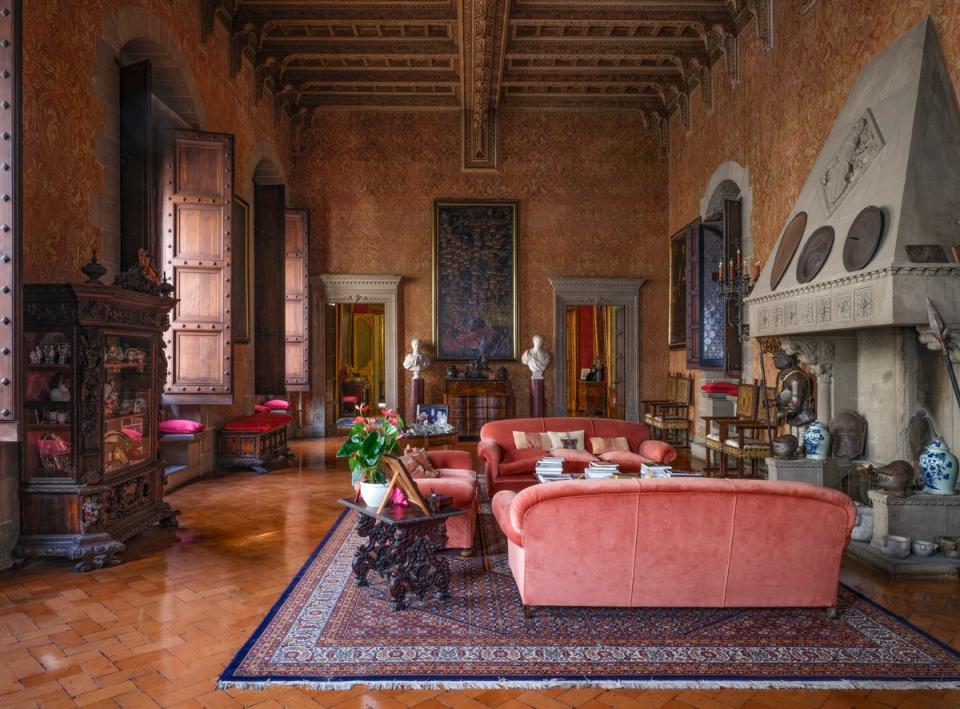

For visitors who want to see Palermo’s history through the eyes of women, a visit to the Duke of Serradifalco’s garden is also on the agenda. Princess Amalia Licata di Baucina, who has worked to revitalize the space, will be on hand to give a tour – keep an eye out for the centuries-old plants.
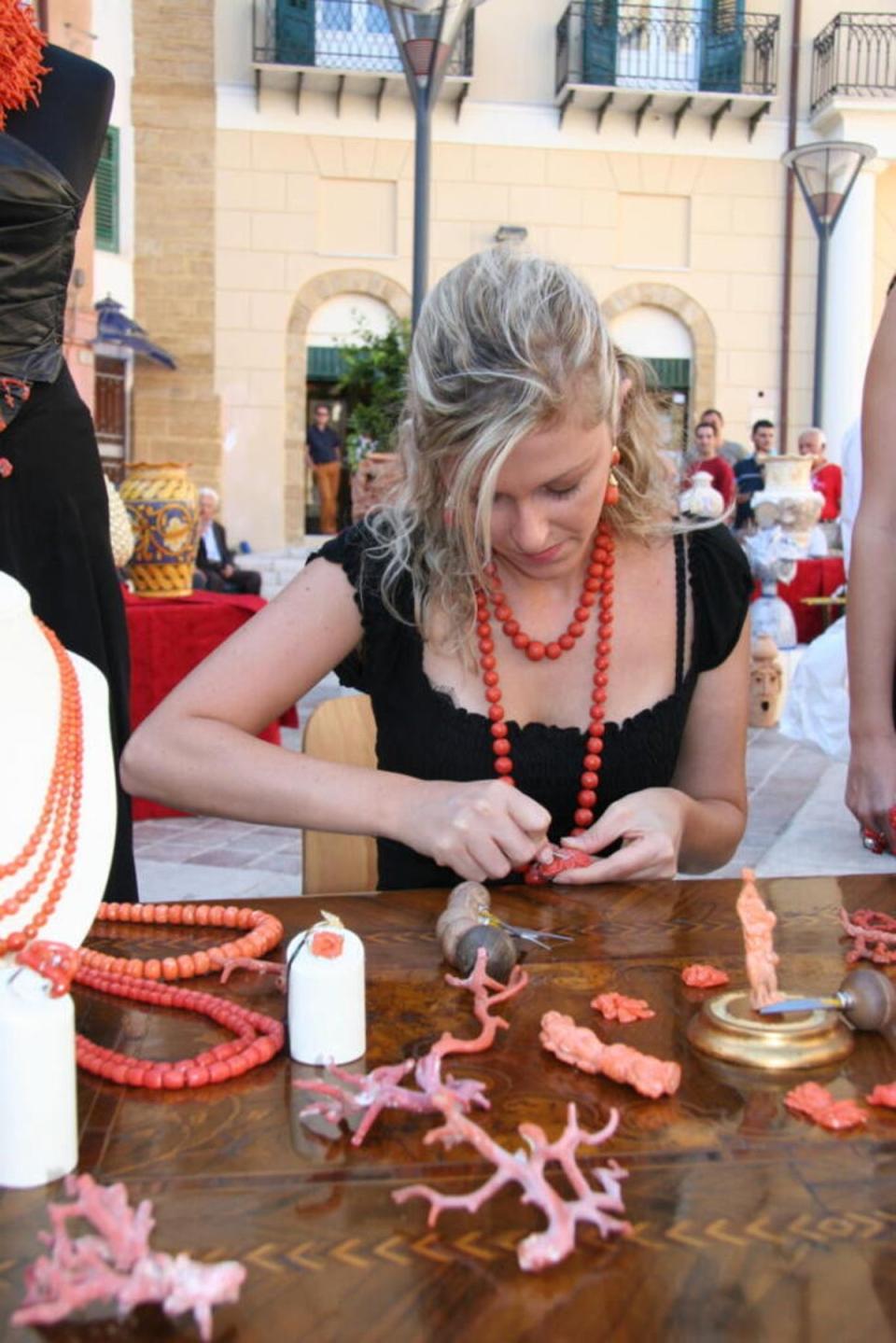

Meanwhile, just over an hour’s drive from Palermo lies the luxurious Verdura Resort, a sprawling beachfront property just outside the bustling port town of Sciacca, a little-explored corner of southern Sicily. Set in acres of lush golf, the purpose-built resort, with no fewer than four restaurants and five bars and one of the largest spas in Italy, is a modern escape that whisks visitors away from the non-stop Sicilian energy.
Spread across 500 acres of private coastline, this is the perfect place to watch the sun go down. Renowned Italian architect Flavio Albanese designed the stunning utilitarian stone and wood structures that house the 203 guest rooms. Inside, burnt orange and red interiors give the rooms a warm feel, as does the custom-made rattan furniture.
The resort also has a prime location, not only for its access to the sea, but also because it’s a short drive from the Valley of the Temples in Agrigento, Sicily’s most important archaeological site, home to seven temples dating from the 6th century BC to the 6th century AD. Here, another experience of the itinerary takes place. During a couscous cooking class, visitors can discover how the food is a key to female empowerment in Agrigento’s small community of Senegalese women.
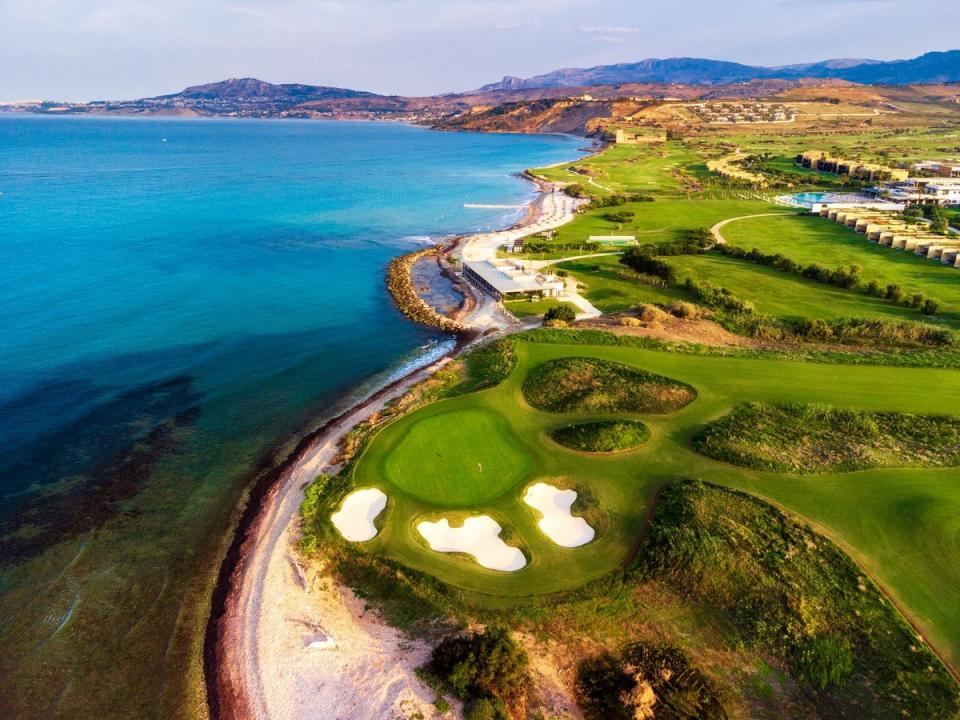

In Sciacca, our stop on the Matriarchy Route includes visits to some of the town’s unique workshops dedicated to keeping traditional women’s crafts alive, including a local coral museum and a jewelry store run by Laura Nocito. Never harvested while still alive, but gathered from an ancient deposit discovered in the 19th century, Sciacca coral is a unique material.
When we visit, Laura explains that she inherited the traditional art of transforming coral into jewelry from her grandmother, who initially had to hide her craft from her husband. Eventually, she transformed it into a thriving business and became the main breadwinner in her household. Laura herself has worn her ancestor’s mantle with enormous success, designing for competitions for Louis Vuitton and Fendi and seeing the likes of the Princess of Jordan buy her products.
Through vignettes into Sicily’s forgotten female-led traditions, Rocco Forte’s Matriarchy Itinerary offers a truly exciting and innovative way to discover the island. For travelers looking to truly connect with Sicilian culture, look no further.
Rooms at Verdura Resort from £336 per night on a B&B basis roccofortehotels.com/hotels-and-resorts/verdura-resort. Villa Igiea offers rooms from £462 per night on a B&B basis roccofortehotels.com/villa-igiea